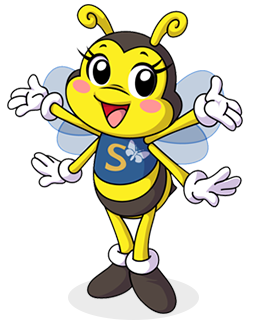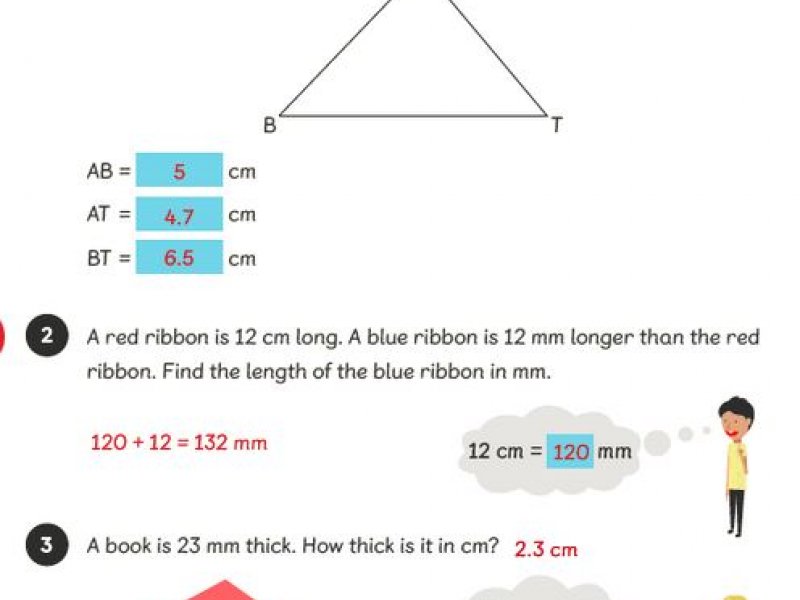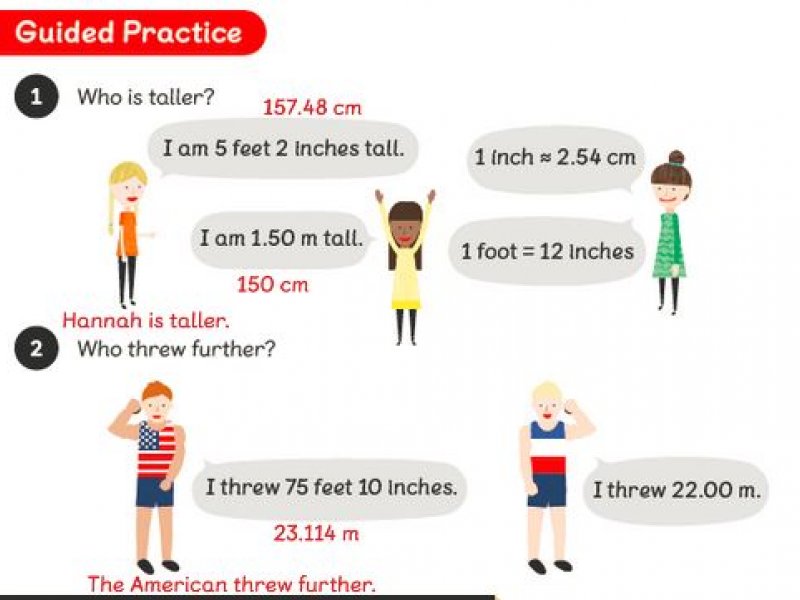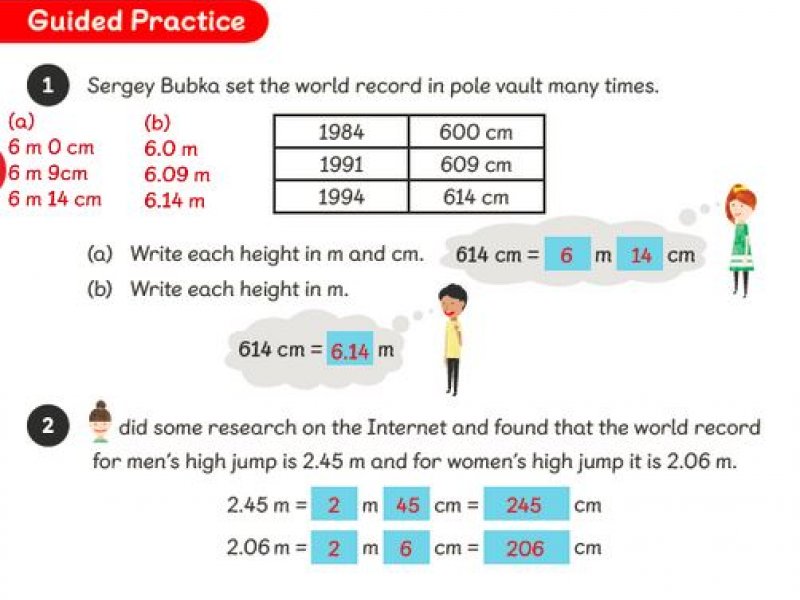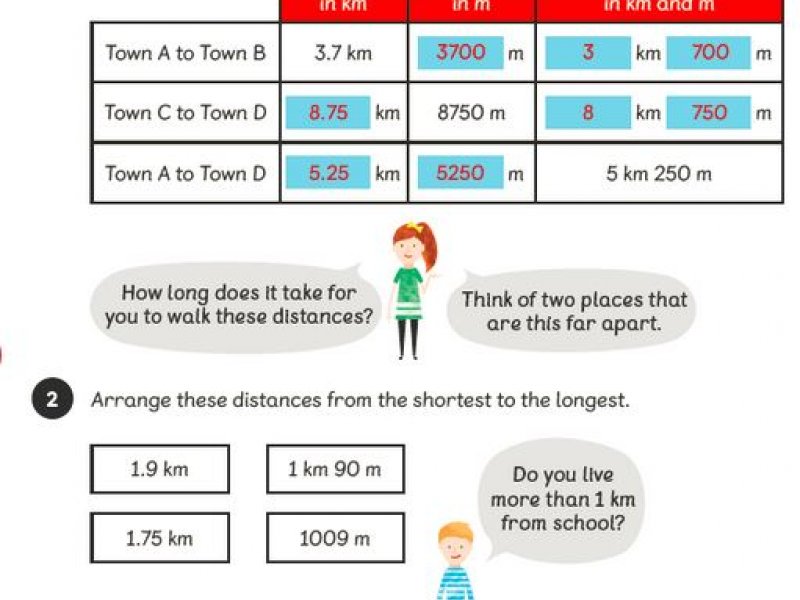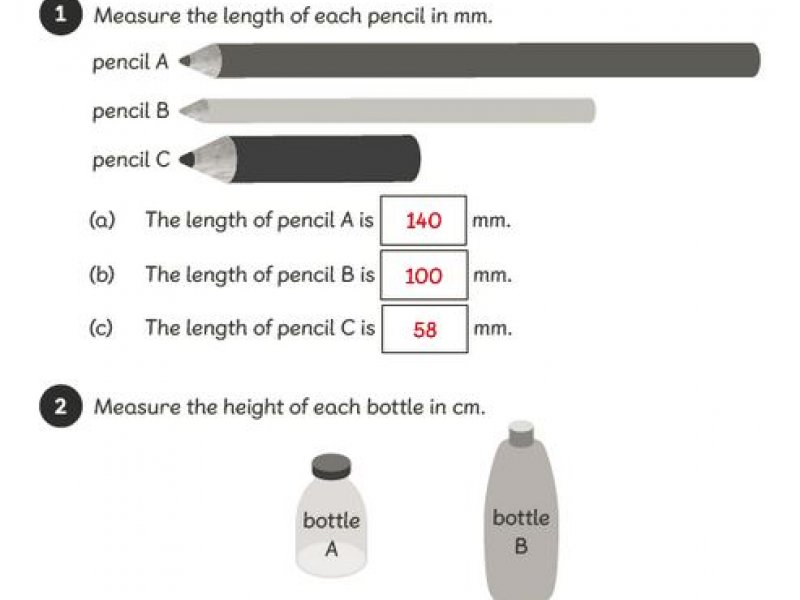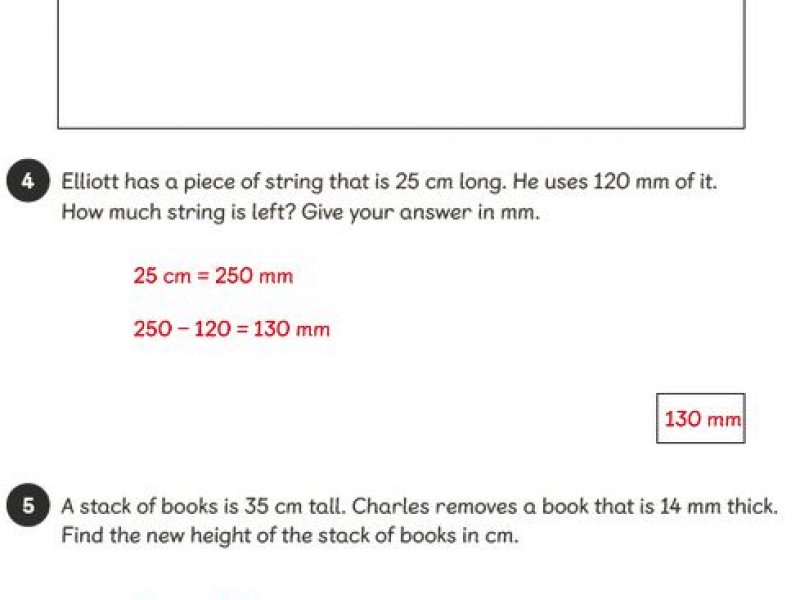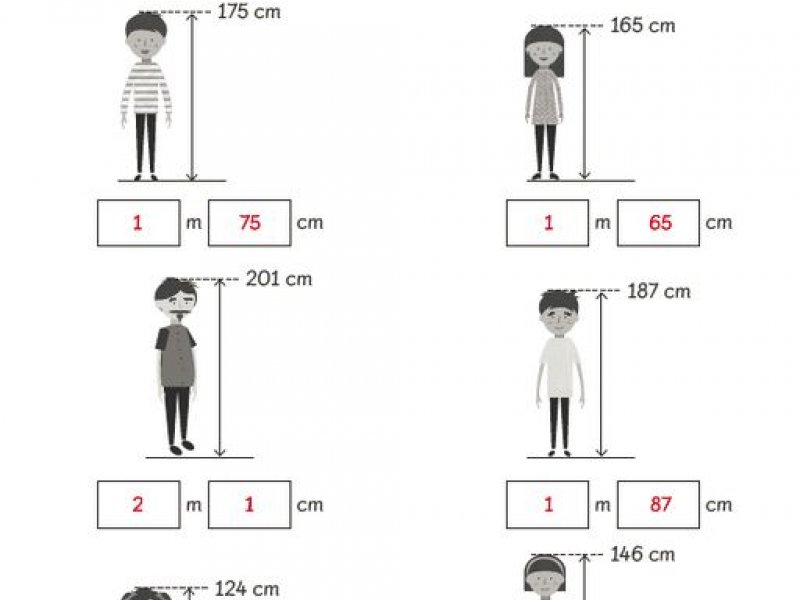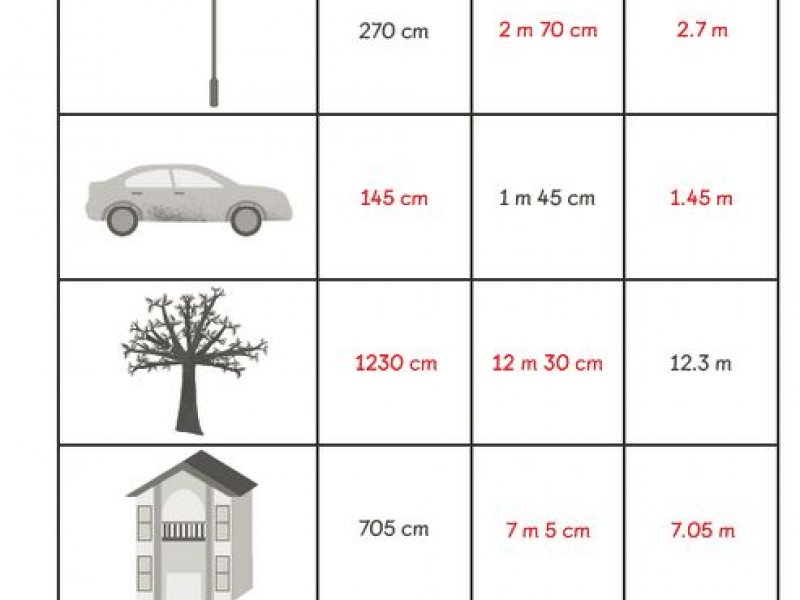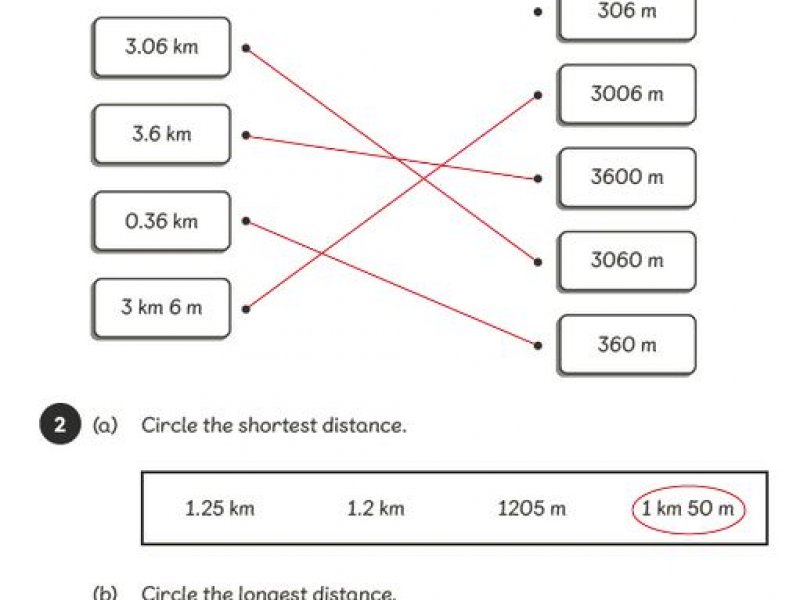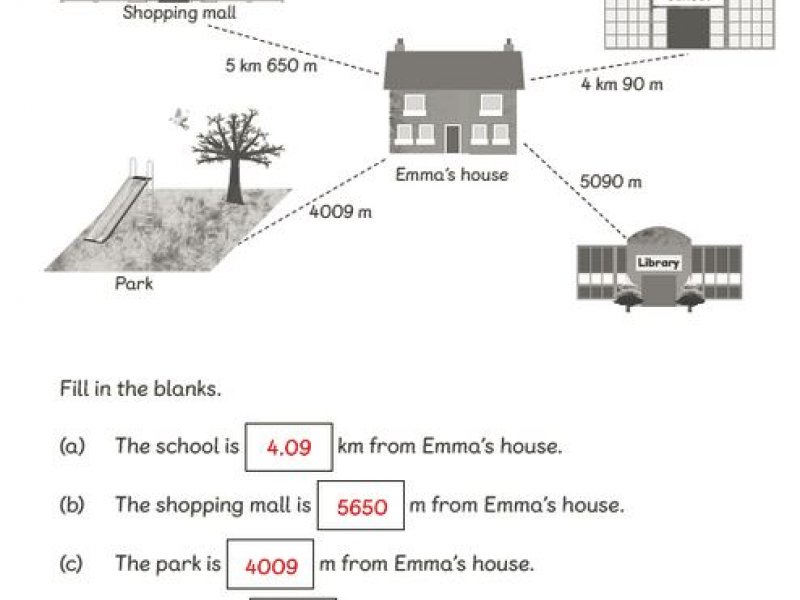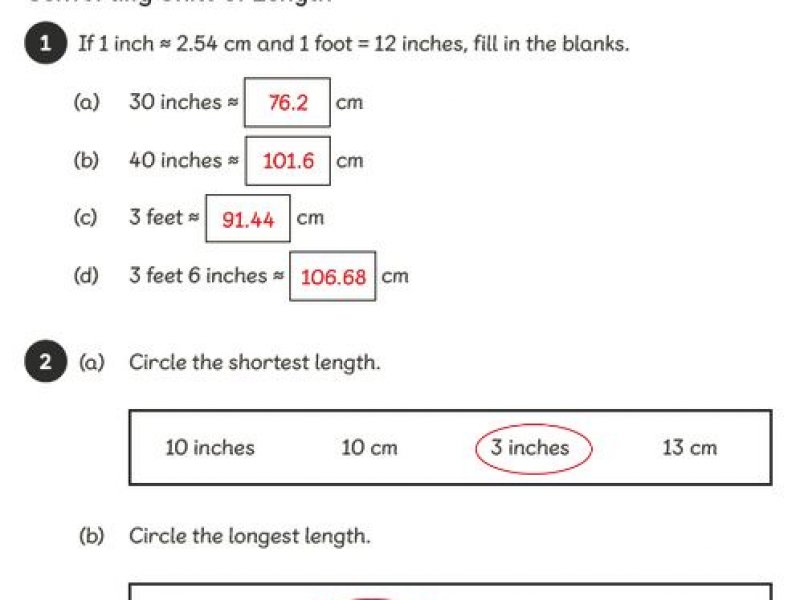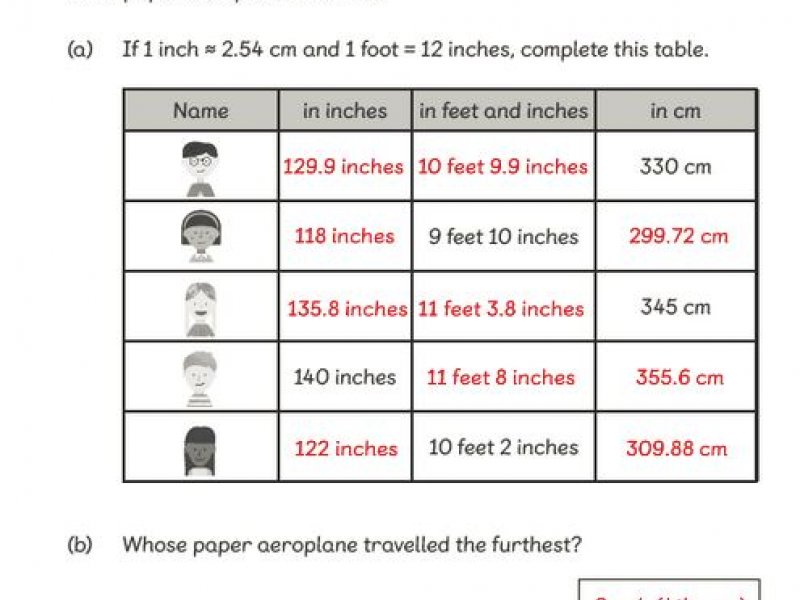Good morning everybody, here are your tasks for today:
Maths
Mental Arithmetic: x10 ÷10
Today you will need 2 dice and your journals. Decide on a rule before you throw the dice, either x10 or ÷10. Then roll the dice and act on the rule you decided with that number, so if you decided x10 then rolled a 7, you need to write the sum 7 x 10 = and answer it in your books. Do this 10 times to create 10 different sums.
If you are happy with this, add in x100 and ÷100. Remember your place value knowledge and think how many places you will be moving either left or right – will it take you into decimals?
Drawing a place value chart may help you visualise the place value of the sum –
| Thousands | Hundreds | Tens | Ones |
. |
Tenths | Hundredths | Thousandths |
. |
Maths No Problem: Textbook 5B Chapter 11 Measurements
Lesson 2: Converting units of length.
In Focus: Take the time to read through the problem. Look at the records for the vaults over the years. Which person do you think has the record? Why is it difficult to find out? How can we make all of the units the same?
Remind your child that 100 centimetres = 1 metre. So how would we show 500 cm in metres? Discuss how 500 divided by 100 is 5, so 500 cm is 5 m. Look at Renaud Lavillenie’s record from 2014. How many metres did he jump? Remember to think about how many hundreds are in 616 and how much is left over.
Discuss with your child how 10 cm is 1 tenth of a metre – there are 10 tens in 100. How would you show this as a decimal? 0.1 So does this mean that 1 cm is 1 hundredth of a metre? How would you show this as a decimal? 0.01 How much more than 6 m is 616 cm? 16cm So 616 cm = 6.16 m
Would it be possible to convert 5.80 m into centimetres? How many centimetres are there in 5 metres? How many centimetres are equivalent to 0.80 of a metre?
Let’s Learn: Work through Let’s Learn together and discuss the conversions. Remember our use of place value when mulitplying and dividing by 10.
Guided Practice: Your child will be converting centimetres to metres and centimetres. They will also be converting to metres in decimal form. They need to remember that 100 cm is 1 m, 10 cm is 1 tenth of a metre (written as 0.1 m) and 1 cm is 1 hundredth of a metre (written as 0.01 m).
Workbook: Complete worksheet 2, pages 101 – 102.
The answers to this week’s work will be in a gallery at the bottom of the blog page every day.
English
Reading: Your child should try to read for at least 20 minutes every day. Remember to log on to Accelerated Reader and complete quizzes for all the books you have read!
If you have a Lexia account, try to log on and complete at least 15 minutes a day.
Writing:
To start with today, we are going to warm up our creative vocabulary use!
The Adjective Game
Adjectives describe a noun, for example: The red car drove down the misty lane.
You can change the mood of your writing by choosing your adjectives carefully. Read this description of the Tarantula:
The handsome Tarantula looked at the children. Its glistening, hazel eyes scanned the room. Delicate hairs covered its plump body and swayed like shimmering grass. Its solid legs, like thick branches, stood strong.
The spider sounds quite pleasant. However, if we change the adjectives, you can make it sound much more scary. Give it a try! Discuss adjectives you could put in the gaps here that will make the spider sound gruesome.
The __________Tarantula looked at the children. Its _________ , ________ eyes scanned the room. _________ hairs covered its _________ body and swayed like __________. Its ______ legs, like ____________, stood strong.
It’s now your turn to be an author. Let’s look again at the problem section of The Game – we’re going to innovate it with new ideas.
The problem:
At that moment, the table began to shake, then the windows rattled and the floor vibrated. Everyone stopped what they were doing and the room fell silent.
“EARTHQUAKE!” shouted Billy, bursting into laughter. He soon stopped, as in a blink of an eye, an enormous spider, bigger than a horse, shot out of the game and landed in the centre of the crowded classroom. Everyone froze. Its enormous, hairy legs were tensed, ready to pounce and its whole body seemed to pulse. Eight bulging eyes scanned the room and then…
It sprung into action. It crushed the tables, smashed the windows and flung children all around the classroom with a flick of its legs. It powered towards Mrs Allbright as she stood rooted to the floor in terror. The room was filled with shrieks of panic and despair. “What shall we do?” shouted Danny desperately, pressing himself tightly against the wall. “Read the instructions,” ordered Sally, “We have to stop it!”
What other problems could the game cause? Where else could the problem be taking place? What else could come out of the game and what would it do?
Plan an innovated problem in a new setting in your journal. You can make notes or draw what will come out of the game and what it will do once it’s released. You can use this planning guide to help you: Problem planning guide
Now, using your ideas, try out your plans and write an innovated problem from The Game!
Follow this pattern:
1. Start with the first strange events as a sentence of three and then show how the children react, i.e. At that moment, the table began to shake, the windows rattled and the floor vibrated. Everyone stopped what they were doing and the room fell silent.
At that moment, … ______________
2. Now, introduce the new threat. Tell us where it came from and what it looked like, i.e. In a blink of an eye, an enormous spider, as big as a horse, shot out of the game and landed in the centre of the crowded classroom. Everyone froze. Its enormous, hairy legs were tensed, ready to pounce and its whole body seemed to pulse. Eight bulging eyes scanned the room and then …
In the blink of an eye, … _____________
3. Then write what it did in it’s new setting. Tell us how it acted and how the characters reacted, i.e. It sprung into action. It crushed the tables, smashed the windows and flung children all around the classroom with a flick of its legs. It powered towards Mrs Allbright as she stood rooted to the floor in terror. The room was filled with shrieks of panic and despair.
It sprung into action. It… ____________
Topic: History
I really enjoyed seeing your stories and research about the history of your homes last week, well done everyone. I learnt a few things about Southill and Field Barn Drive as well!
This week we are moving on to compare our home town in the past to today.
I have attached here some old maps of Weymouth from different eras. First, I’d like you to have a look and discuss them with your adults at home and see if you can work out the era/century they were printed.
Then use this link Weymouth OS Map Online to have a look at modern day Weymouth – you can zoom in and out to see more detail. Look closely and make comparisons between the old and modern maps.
What are the two main regions of our town called?
What can you see on the old maps which is still here today? Has the land use changed? Has the land shape changed? Do you recognise any names? Are any buildings on the old maps also shown on the new map?
Write your comparisons in a table or as sentences in your journals and send them on to me. It would be great if you could spot something new for me to look at as well!
